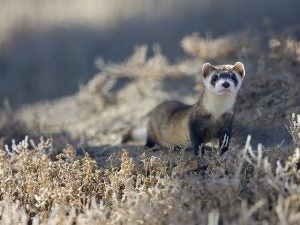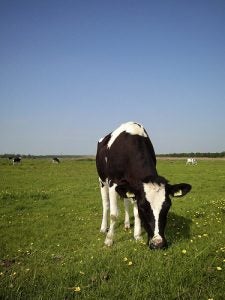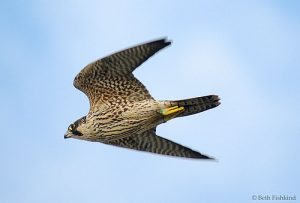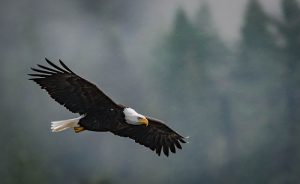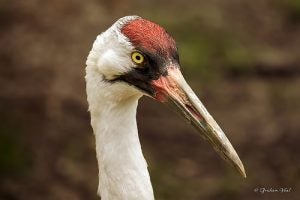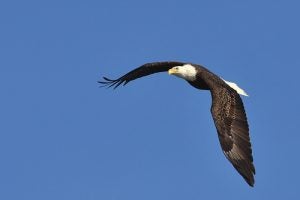
Sea turtle populations are showing promising signs of recovery after years of decline. (Photo credit: U.S. Fish and Wildlife Service Southeast Region)
There’s some good news in the animal kingdom. Sea turtles, the beloved green jewels of the world’s vast blue oceans, appear to be bouncing back after decades of decline.
Six of seven sea turtle species are currently listed under the U.S. Endangered Species Act (ESA) – the green, loggerhead, Kemp’s ridley, olive ridley, hawksbill, and leatherback – and many of them have been on the list since 1970. Since then, conservation efforts have made significant strides in protecting nesting beaches, reducing mortality in fisheries and establishing marine protected areas.
Recent research suggests there is hope for beleaguered sea turtles. Important recovery in some local populations has shown that we can turn things around for sea turtles, especially with effective endangered species policy and improved management.
This comeback is promising, not just for turtles, but also for marine ecosystems and the marine economy at large.
